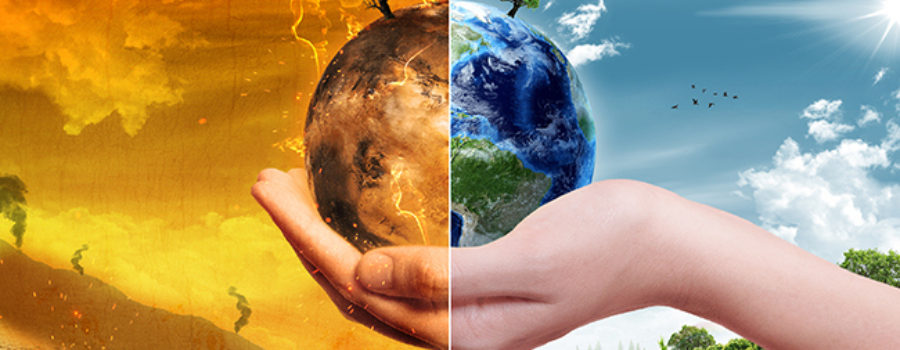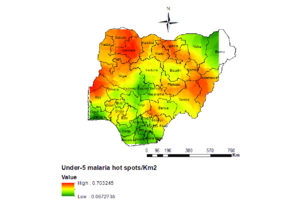In contrast to the four seasons in North America and Europe, Malawi has only two. Though June and July are chilly, they are not referred to as “winter,” just as October through December are not called “summer.” Malawi’s seasons are “the wet season” and “the dry season.” Wet season is typically January-April. Little rain falls in the remainder of the year.
During the wet season, it rains most days, usually torrentially in the middle afternoon for 1-2 hours. Rainfall is so hard that umbrellas are of little use. People huddle inside or under roof overhangs, chatting until the deluge ends and the flooding in the streets abates. Sometimes the entire day is gray and drizzly, making everyone tired and grumpy.
The weather in Malawi in 2022 has been unlike any I have previously experienced in Africa. The rains began very late. January’s temperatures were high, similar to the convection oven feeling that is November and December. At the end of the month, Cyclone Ana hit (see “Cyclone Day”) and Blantyre had 30 cm of rain in 24 hours. Then…..nothing. No afternoon thunderstorms. No gray drizzly depressing days. Everyone wondered if, after the cyclone, that we were bound for drought. Finally, three weeks after the cyclone we had two consecutive days of rain. The farmers (who comprise most of the population) rejoiced. Then…..nothing. No rain for two weeks. Two days ago, Cyclone Gombe hit Malawi. You read that correctly. We have been subject to two cyclones in 6 weeks.
Why is this happening? Of course, it is due to human induced climate change.
Both Cyclones Ana and Gombe formed in the Indian Ocean, crossed northern Madagascar, entered the continent at Mozambique, and ventured straight west to Malawi. Unfortunately, these two cyclones have not been the only ones to have formed in the southern Indian Ocean in 2022. Altogether, this year seven cyclones (so far) have crossed Madagascar. Five have turned south and aimed for South Africa. Two headed north towards Malawi. Each of these storms has killed dozens of Malagasies; one of them killed over a hundred. Cyclone Ana killed 32 Malawians.
Is this normal? No. Annually, an average of 1.5 cyclones crossed Madagascar. This is Sweet 7 Week. There have already been 7 cyclones in 2022 and there are 7 weeks remaining until the end of the rainy season. Weather forecasters predict this is our new normal.
Why is this happening? Of course, it is due to human induced climate change. Hotter air holds more moisture. For each 1°C increase in atmospheric temperatures, the air holds 7% more moisture. Higher moisture content of the atmosphere + higher sea surface temperatures = cyclones, hurricanes, and typhoons.
What are the main drivers of climate change? Burning oil and gas, power plant release, deforestation, transportation, and livestock farming lead the list. Every time I eat a hamburger, burn logs in my fireplace, take a ride on an airplane, or drive to Whole Foods in my car, I am contributing to the cyclones hitting Malawi. Droughts in California, flooding rains in Brazil, and an extraordinary number of cyclones crossing Madagascar—they are linked. I thought I would be dead before the effects of human-induced climate change were evident. We are living through them.






